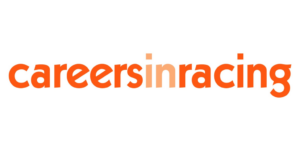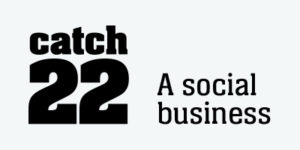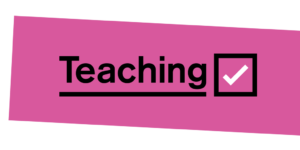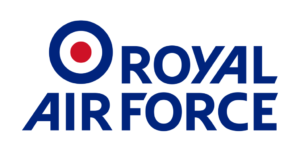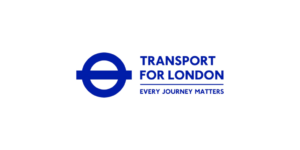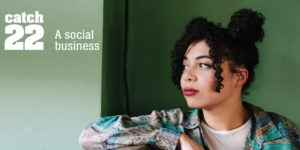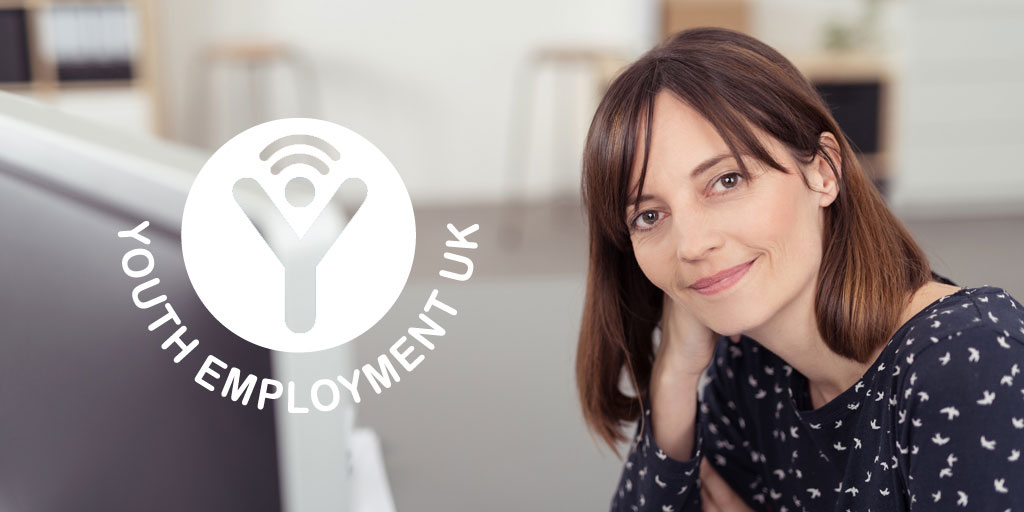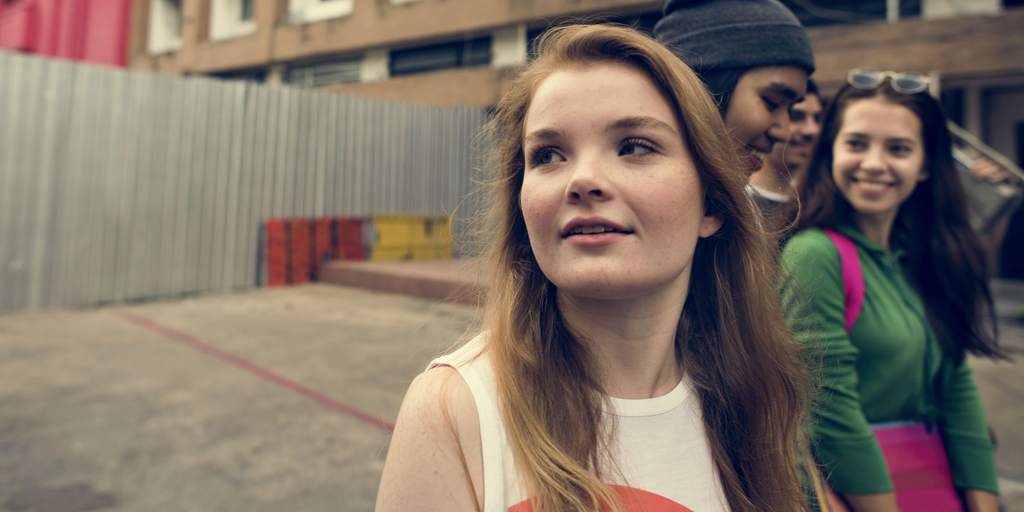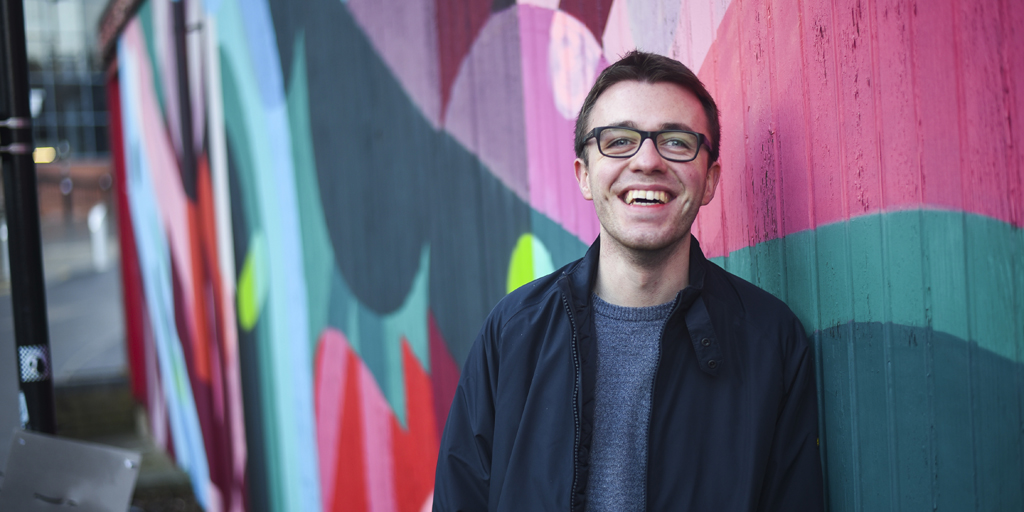
UX Designer careers guide & job profile
Do you love dreaming up ways to create great experiences for people? A creative career in User Experience Design helps you make everyday life that bit happier.
UX stands for User Experience.
User Experience, or UX, refers to how people interact with products. UX Designers might work on physical products (such as a piece of tech, a homeware item, or even a child’s toy), on digital tools such as websites and apps, or both.
Improving user experience…
Giving people a better user experience can mean fewer clicks to get to what they want on a website, or helping them navigate an online shop more easily. It can also mean thinking up ways to make a product more tactile (pleasant to feel and use).
How much money can you earn as a UX designer?
These LMI Job Trends give you a sneak peek of how much you could earn starting out for this career, and how much your salary could grow with experience.
Average salary for UX design jobs
Recent labour market information says you can earn between £25,000 and £50,000 a year as a UX designer.
Your starting salary as a UX designer can vary because of factors like level of experience, training, or location. It will increase over time as you build skills, knowledge and experience.
Digital Career FAQs & Insights

Is there something you’d like to know about digital careers? Maybe we can help!
Skills you need to become a UX designer
Useful skills to put in your CV:
- Computer skills. It goes without saying that you’ll need great computer skills to work in digital UX design, and one or more programming languages can be useful. But you’ll also need computer skills to work on physical UX design.
- Communication and people skills. Product design is a team effort and you’ll need to be able to work well in a team and communicate your ideas and findings to others.
- Being a great UX designer is at least in part about understanding how people think and feel.
- Curiosity and open-mindedness.
- Research skills, as user research forms a key part of UX design.
- A good understanding of business practices, both in general and in the specific industry you’d like to work in.
- Self-organisational and time-management skills. You’ll have a busy workload to keep on top of.
- Great writing skills, as you’ll need to communicate your ideas, feedback, and research findings in writing.
Top Skills-boosting Tips
Learn as much as you can about UX design and processes. You can read up on the UX process online or even take a short course to help you get started (more on that in the next section!) It can also be a good idea to check out some UX case studies to learn more about how UX works in practice.
How Do You Get These Skills?
Vocational qualifications and work experience will help you build these skills over time.

Build Your Skills With the FREE Young Professional Programme
What Qualifications & Training Do You Need For UX Design Careers?
If you enjoy computing or design, that’s great. Any GCSE subject will help you ask useful questions and come up with your own answers to test out. But the questions you ask as a UX designer aren’t just about academic subjects. When you use everyday objects like your phone, think about the layout and how it all works, from screen brightness to setting alarms. Is it easy to use? How could it be easier to use? Does it fit snugly in your hand? These are the questions UX designers ask.
A-Levels
A Levels are academic qualifications that come after GCSEs. A Levels can be an ideal stepping stone to an advanced apprenticeship or a degree in UX Design. Subjects such as ICT, Design and Technology (Product Design), Business Studies, and even Psychology are great choices for this career.
T-Levels
T-Levels are a choice for learners after GCSEs alongside apprenticeships and A-levels.
T Levels, an alternative to A-Levels, are qualifications in vocational, technical and hands-on subjects that you can choose to do after GCSEs. They include a mixture of classroom-based learning and industry placements where you can put your new skills into practice in real-world scenarios.
The T-Level in Digital Production, Design and Development is ideal for a career in UX design.
BTECs
As an alternative to A-Levels, you can do BTECs from the age of 16.
There are several BTEC options that can be a good springboard into a UX design career. You might wish to consider:
- Level 1 Introductory in Art & Design
- Level 2 Technical in Design Production
- Level 3 Extended Diploma in Product Design & Enterprise
- Level 5 HND in Product Design
Any IT qualification is also a good choice if you’re interested in digital UX design specifically.
You’ll normally need 2 or more GCSEs at grades 9-3 (A*-D) or equivalent for a Level 2 or 3 course. If your qualifications are lower than this, you’ll most likely start on a Level 1 course.
Short Courses
If you’d like to learn more about this career path and gain some valuable knowledge that will help you land a job, a relevant short course can help. There are numerous UX design short courses online, from basic free courses to extended professional courses such as the 6 month Professional Diploma from the UX Design Institute.
Short courses can be expensive, so do your research and ensure you’re signing up for a reputable programme before you hand over any money.
Apprenticeships
An apprenticeship is a scheme where you train while earning a starting salary. With an apprenticeship (or advanced apprenticeship) you’ll have a paid job with an employer that includes structured training and learning. This training leads to an official qualification that’s recognised by employers as an industry standard.
There are several apprenticeship options available relating to UX Design, including a Degree Apprenticeship in Digital UX and a UX Design Higher Apprenticeship with Barclays Bank. If you’re not ready for an apprenticeship at this level yet, a lower level apprenticeship can be a great starting point.
Degrees and University
Many (though not all) UX design positions now require a university degree. You can take degrees specifically in UX Design at universities including London College of Communication, Norwich University of the Arts, and Manchester Metropolitan University.
Degree subjects such as Computer Science, Software Engineering, Psychology, Graphic Design, Industrial Design, and Digital Communications are also great choices and are widely available at universities across the UK.
UCAS has more information on degree courses and entry requirements.
Career Progression
When you start out, you’ll likely be a junior, trainee, or graduate UX Designer. As you gain experience, you could become a Senior UX Designer or take on a leadership role such as Head of User Experience, overseeing a team of designers.
If you’d like to work for yourself, you could use your experience to offer your services on a freelance or consultancy basis.
UX work is highly in-demand both in the UK and overseas so if you work hard and work your way up, the possibilities are limitless!
What Work Experience Do You Need For UX Designer Jobs?
Work Experience Tips
The great thing about UX Design is that it plays a role in so many industries and companies. This means that you may be able to find a highly relevant UX design work experience placement if you’re willing to put the work in. You can find placements or internships via your school or college, by researching openings and applying online, or even by approaching companies directly.
If you can’t find a UX-specific work experience placement, anything relating to product design, IT or programming, market research, or business management will also look great on your CV.
Examples of relevant work experience include:
- Work shadowing (even if it’s just for a day)
- Work placements in a company
- Work experience placements on a college or university course
Volunteering Tips
You can build your skills in your own time to enhance your application when you come to apply for UX Designer courses or jobs. The most important thing is to keep your knowledge up to date and develop a good understanding of UX generally and the specific UX concerns of the industry you’d like to work in.
Volunteering always looks great on your CV, even if the experience is not directly related to the job you’re applying for, but relevant volunteering is even better. If you have design skills, can you put them to use in a voluntary capacity? For example, you might offer your services to a charity, an extracurricular organisation, or a club/society at your school, college, or university.
What Does A UX Designer Do?
What do UX design careers involve?
A User Experience (or UX) Designer is responsible for all aspects of how users will interact with a physical or digital product. Their job is to ensure that the user has a great experience every time they use the product. They evaluate how well products score in categories such as value, function, and usability, and make recommendations for how these aspects could be improved.
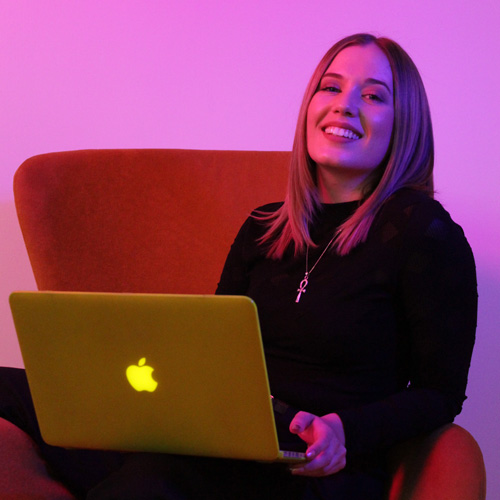
Example daily job responsibilities
- Research and define user personas
- Plan and design market research activities
- Carry out market research (e.g. surveys, interviews, and focus groups)
- Collate and analyse data from research
- Presenting UX research findings
- Identifying problems and issues with products
- Coming up with potential solutions to those problems
- Creating prototypes to test solutions
- Running tests (e.g. A/B testing and usability testing)
- Analysing and presenting results from testing
- Meeting with stakeholders to discuss product problems and possible solutions
- Creating UX documentation
- Working closely with other members of the team such as User Interface (UI) Designers
- (For senior roles) management tasks such as supervising your team, feeding back on their work, and leading team meetings
How To Find UX Design Jobs: Next Steps
To find jobs for young people in this role, search on jobs boards for early career roles and opportunities with these words in the title:
- UX Designer
- Junior/Trainee/Graduate UX Designer
- Experience Designer
- Interaction Designer
- UX Researcher
- UX Writer
You can also apply directly to companies advertising for UX Designers, if you have the appropriate skills. Look on companies’ careers pages or jobs boards such as Indeed, Reed, Monster, and LinkedIn.
If you choose to do an apprenticeship in UX Design, you may be offered a job at the end of your training. While this is not a guarantee, many employers will look more favourably on your application if you have completed an apprenticeship with them.
There are many graduate jobs available in UX. If you’re doing a degree in this or a related subject, you should start looking and applying for jobs long before you graduate.
Take a look at our database of local opportunities to see if there are any relevant jobs, work placements, or careers events and workshops to help you get started.
Get Into Digital Careers With Youth-Friendly Employers
These employers and organisations are here to help. They care about your potential and desire to learn, not just your qualifications and experience. They may be able to offer traineeships, apprenticeships, graduate schemes, first jobs, careers advice, wellbeing support and much more.
Digital Career Tips & Opportunities
Digital Career Guides
View job descriptions with average UK salary, useful qualifications and a variety of routes into this career.
See All Our Youth-Friendly Employers
London tech careers are in YOUR reach.
Salary? Jobs? Training? You got it. No experience? No problem. You've got the power. We'll give you the support!

























YES! I Want More Free Careers Help...
So what are you waiting for? Grab your future.

